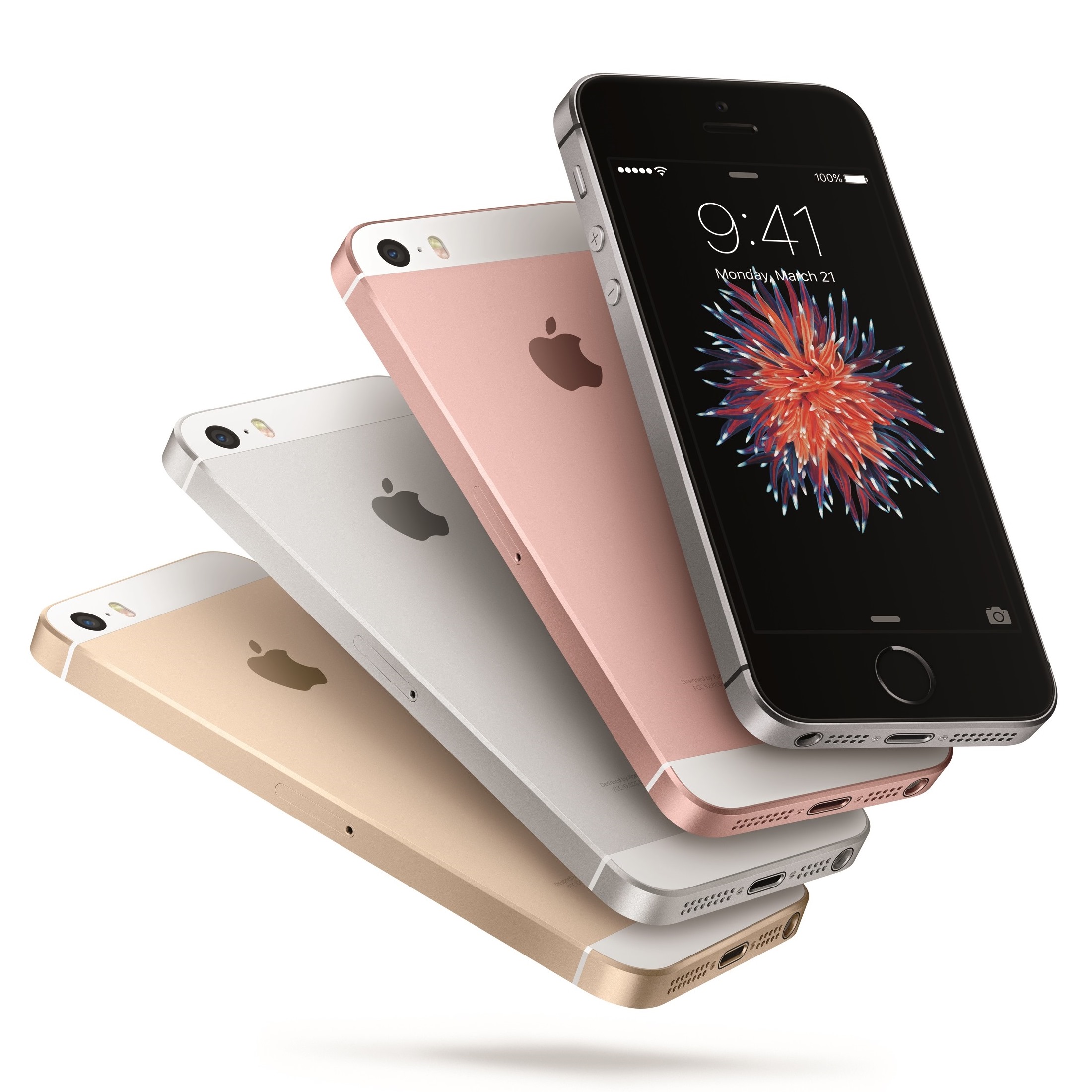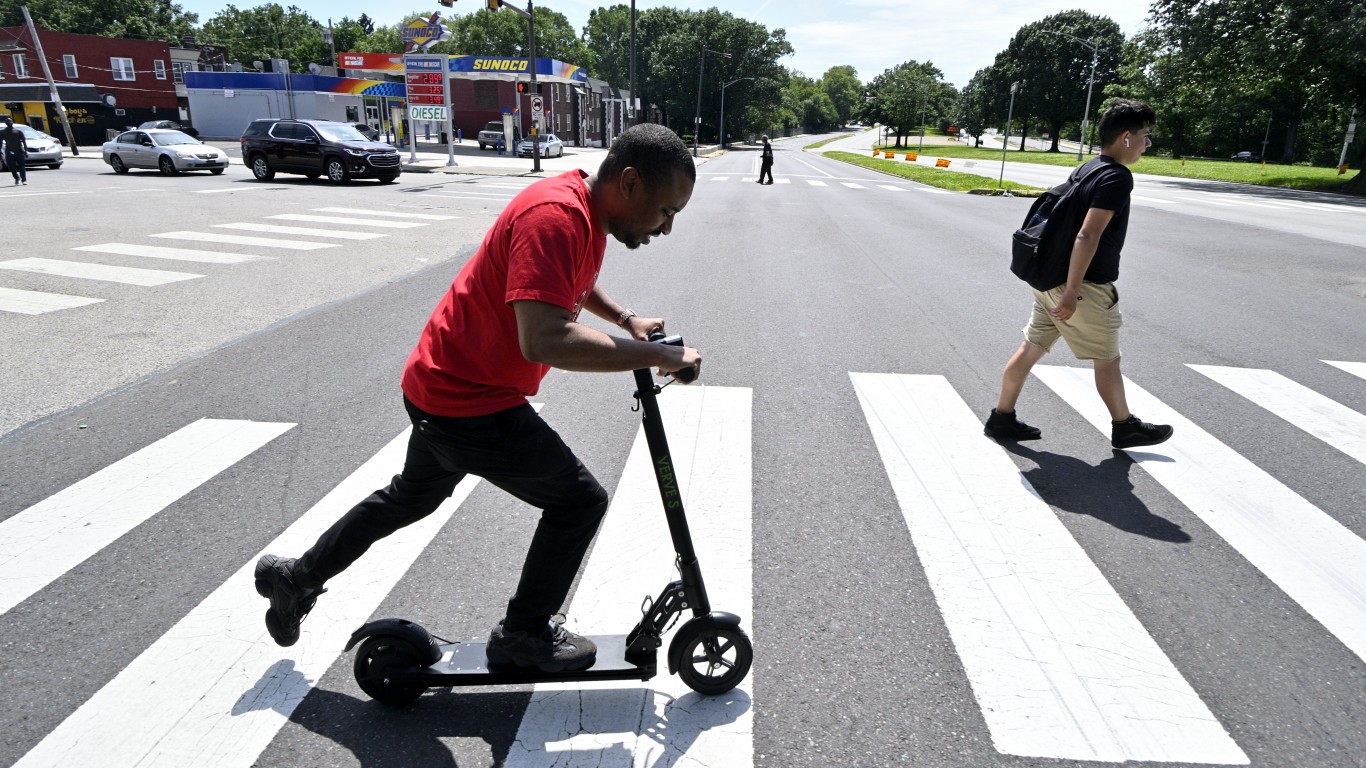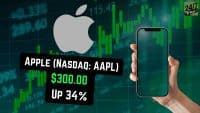
This post may contain links from our sponsors and affiliates, and Flywheel Publishing may receive
compensation for actions taken through them.
When Apple Inc. (NASDAQ: AAPL) introduced the iPhone SE last March, most observers believed the cheapest iPhone Apple had ever released was primarily aimed at what is now the world’s fastest growing market for smartphones — India. But the phone has been an unexpected hit in the United States as well, and now AppleInsider cites sources who say Apple has begun producing packaging materials for an “iPhone 6SE,” indicating, perhaps, that the coming launch of what everyone expected to be an “iPhone 7” may not be as big an improvement as the company releases every two years.
The iPhone SE, with its four-inch screen, is basically the same size as the iPhone 5s, first released in September 2012. If an iPhone 6SE and 6SE Plus are released in September (as many expect, but not confirmed by Apple), does that indicate that we’re getting an incremental rather than a full update? AppleInsider explains:
Apple typically gives its smartphone a complete redesign every two years, while the in between years are “S” upgrades with mostly internal changes. However, leaked parts and reports strongly suggest this year’s handset will look largely the same as the two previous devices, the iPhone 6s and the iPhone 6, breaking the usual cycle.
And now, after identifying the “SE” designator as the lower-priced iPhone, can Apple expect to keep its lofty margins with a new device that carries its low-end brand? Even if Apple prices the new iPhone at the top of its price list, will consumers pay a premium price for it?
With the introduction of the SE, Apple made what may be a necessary move to address the largest and most price-sensitive market still left. In doing so it created a new sub-brand that is performing better than just about anyone expected. There have been significant numbers of iPhone users who have purchased the SE because they like the small size. According to a report at MacRumors, the iPhone SE grabbed a 16% share of the U.S. smartphone market in its launch quarter, and more than a quarter of those were iPhone 4s owners buying upgrades.
Would those consumers have purchased an iPhone 6s at a lower price after an iPhone 7 was introduced? Did the SE pick up sales Apple might have lost to cheaper smartphone makers?
We might get some idea of the answers to these questions when Apple reports quarterly earnings after the markets close on Tuesday. Analysts are looking for earnings per share (EPS) of $1.38 and revenues of $42.41 billion, compared with EPS last year of $1.85 and revenues of $49.6 billion.
From its 52-week high of $123.91, Apple’s shares closed down about 20% on Friday at $98.66. Shares traded down about 0.7% from there on Monday morning at $97.99. The 52-week low is $89.47 and the consensus price target is $122.73.
The Average American Is Losing Their Savings Every Day (Sponsor)
If you’re like many Americans and keep your money ‘safe’ in a checking or savings account, think again. The average yield on a savings account is a paltry .4% today, and inflation is much higher. Checking accounts are even worse.
Every day you don’t move to a high-yield savings account that beats inflation, you lose more and more value.
But there is good news. To win qualified customers, some accounts are paying 9-10x this national average. That’s an incredible way to keep your money safe, and get paid at the same time. Our top pick for high yield savings accounts includes other one time cash bonuses, and is FDIC insured.
Click here to see how much more you could be earning on your savings today. It takes just a few minutes and your money could be working for you.
Thank you for reading! Have some feedback for us?
Contact the 24/7 Wall St. editorial team.




